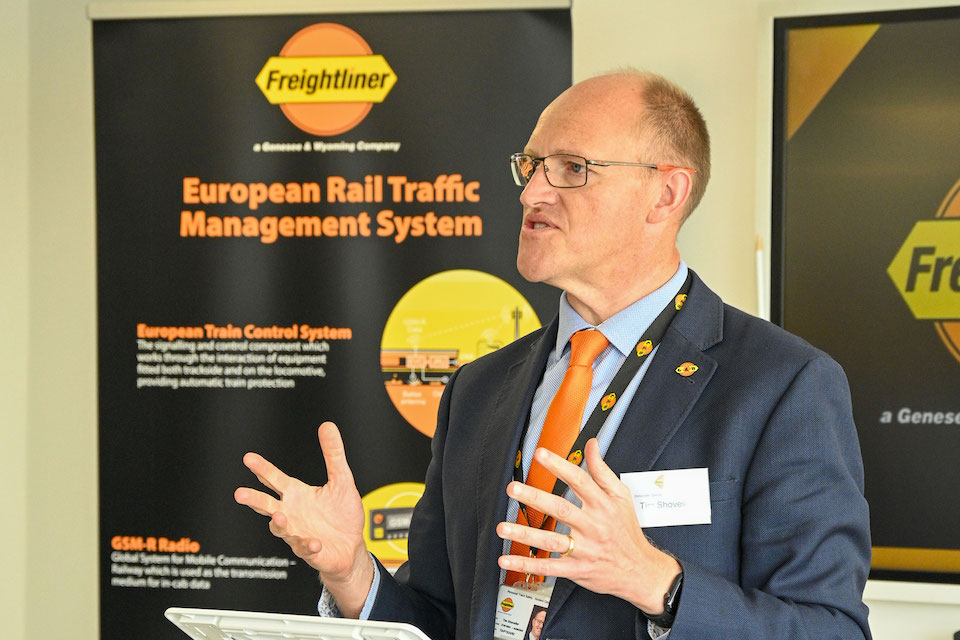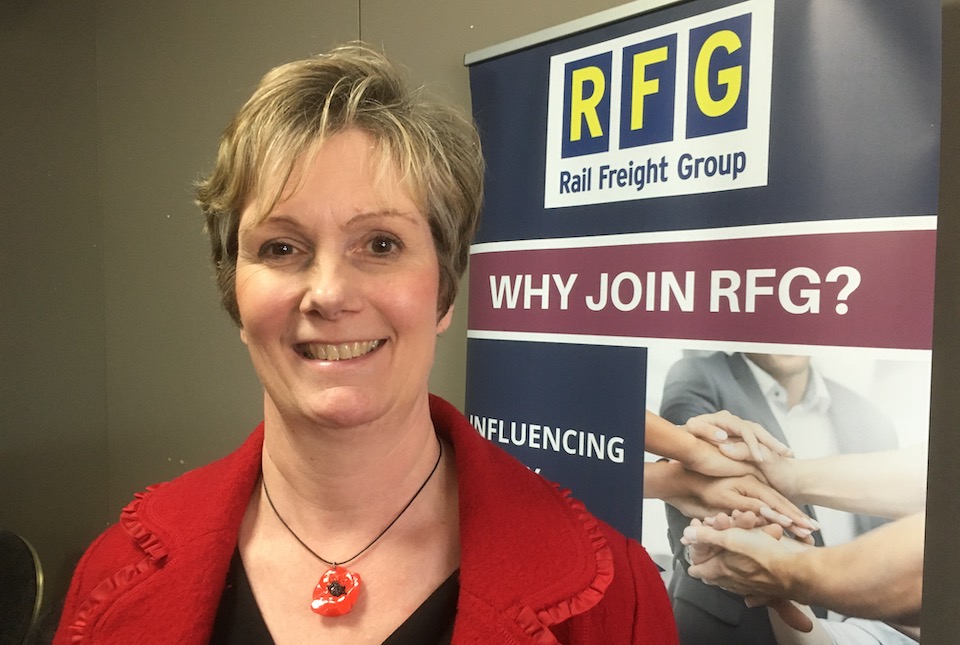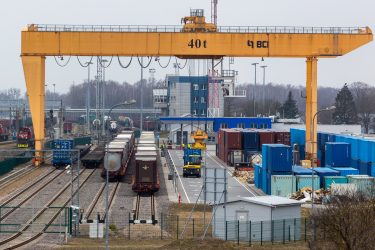Tim Shoveller, chief executive of Freightliner, has issued a warning. He says HS2 will add to congestion, and not solve it. The cutback version of the high-speed rail network will actually add traffic to the West Coast Main Line. That railway is already the busiest mixed-traffic route in Europe. The abandonment of the Birmingham and Manchester section will force extra passenger traffic onto the line. That will be at the expense of paths for freight traffic.
HS2 is the high-speed rail line currently being built between London and Birmingham. However, in its current configuration, it will compromise the UK government’s ambition to grow rail freight by 75 per cent. That is a problem for the American-owned Freightliner company. It is already the biggest rail freight carrier in the UK, but it expects its own ambitions to be frustrated by HS2. Their chief executive has said the cutback version will deliver extra traffic onto the West Coast Main Line. Not only that, it will be at its busiest junction. Tim Shoveller says that will actually make congestion on the line worse.
Far from optimal for freight operations
Speaking to BBC Radio on Wednesday, Tim Shoveller explained that the original concept for HS2 was a nationwide network. It was intended to carry high-speed, high-frequency long, distance passenger traffic between London, Birmingham, and Manchester. It would also feed traffic onto the northern sections of the West Coast and East Coast main lines and to other major English and Scottish cities. This would release capacity on the heavily congested southern parts of these trunk routes. Capacity would then be available for new services, including a much-enhanced rail freight operation.

However, Tim Shoveller explained that the significant HS2 cutback would now join the WCML at a junction location that was far from optimal for freight operations. Pathing is possible but often fragmented, requiring layovers in passing loops. That’s inefficient, explained Shoveller. “HS2 was going to relieve that bottleneck”, he said. “The area approaching Stafford [is the worst for congestion], and that’s where HS2 will be joining the West Coast. HS2 is now truncated and literally ends in a field at Handsacre. Thirty-five miles [56km] north at Crewe, which is one of the biggest junctions in the UK, would [offer] huge additional value because it releases so much extra capacity.”
Capacity simply won’t be available
Tim Shoveller thinks there will be no additional capacity at this critical junction. He’s not alone in that conclusion. “The West Coast Main Line is the busiest route for rail freight in the country”, said Maggie Simpson, the director general of the Rail Freight Association, who was on a visit to the Golden Triangle. That fast-developing locale in the English Midlands, where logistics companies are gathering, has proved popular in no small way because of widespread anticipation of expanded rail freight operations.

Public perception of the West Coast Main Line is predominately for its often newsworthy passenger operations. However, the route is equally important for freight traffic. “It links Manchester, Birmingham and London, out to the ports, up to Scotland, and through places like [Daventry International Rail Freight Terminal], the heart of logistics in the Midlands”, said Maggie Simpson. “Those passenger trains should have been moved off the line onto HS2. That would have made lots more space for freight trains. Because of the cancellation [of the HS2 Northern Leg], that capacity simply won’t be available in the way that we’d hoped.”
Competing for international investment just got harder
Maggie Simpson called the cutback of HS2 a real blow to industries seeking to meet targets of net zero by 2050. That dismay extends into the logistics industry. Building at Daventry International Rail Freight Terminal (DIRFT) has been encouraged by the prospect of HS2 freeing up capacity on the WCML. “We’ve got something like ten million square feet [one million square metres] holding goods that you use every day,” said Robin Woodbridge of Prologis. His designation as senior vice president and head of capital deployment and leasing UK – reflects the American ownership of the company.

That overseas investment, says Woodbridge, has been encouraged by the prospect of HS2 making rail freight operations more robust. “Definitely, we would love to understand what opportunities there are within the network to accommodate that rail freight,” he said. Prologis may be looking again at further phases of DIRFT. They have plans to almost double its warehousing capacity and double its investment. Already, Prologis has ploughed nearly two billion dollars (around 1.5 billion pounds; 1.7 billion euros) into DIRFT. “When governments deliver what they say they are going to deliver, it’s a lot easier for us to attract international investment into the UK. When governments go back on what they are going to do, it’s just harder,” warned Woodbridge.

